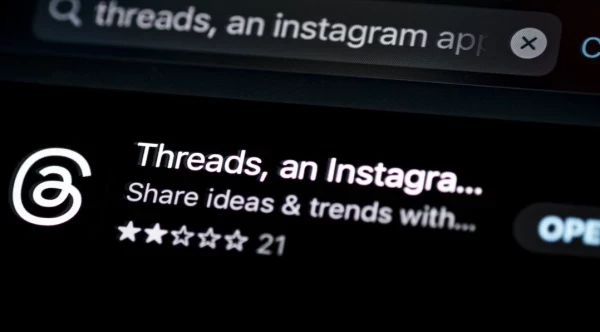Next Generation Call Center Technology For the Next Generation of Purchasers
Add bookmark
In New York City, the streets are always bustling with multi-taskers—they are eating and walking, texting and walking and reading and walking.
It’s not a rare day that I hear someone walking in the street on the phone with customer service—New Yorkers are loud as it is, but their voices are earsplitting when they are screaming into their phone: "AGENT, AGENT, AGENT!"
Fortunately the recipient of this anger is not getting their feelings hurt. That’s because it’s an automated attendant at the other end of the line. Most companies today use an IVR (interactive voice response) to answer customer service calls. As consumers, we come to begrudgingly accept these as a fact of life.
But it doesn’t have to be this way. If the customer service department would look at some of the next generation technologies available today, like those that make the most of web and smart phone user interfaces, their customers would have a much different experience -- one where customers gained a faster connection to a real human and without the IVR frustration. And one where the service interaction starts off on a pleasant tone, making the process of providing and receiving satisfactory service that much easier to achieve.
A Maze Here, A Maze There
Widespread adoption of IVR started in the 1980’s along with Nintendo video game Zelda. One was invented for amusement, and the other was invented for…well most of us actually still don’t know why. Both Zelda and IVR have Web sites devoted to cheating—Zelda has hundreds of pages on cheatscodesguides.com and IVR has the notorious GetHuman.com—created by Kayak.com’s co-founder Paul English when his elderly father had so much trouble navigating the phone menu trees on his own.
Ever notice that many IVRs have a disclaimer reading "please listen carefully as our menu options have changed" only to find out that they haven’t? Customers have stopped listening. Still, in 2009, the call center industry spent more than 2.5 billion dollars on speech recognition technology alone.
IVR: The Black Plague of Customer Experience?
Purdue University conducted a study on 18-25 year olds and found 100 percent of customers who were unsatisfied with their call center experience said they would refrain from purchasing from the company again. For all other age groups the number dropped to 63 percent. Call centers should consider this a call to arms. Gen Y'ers expect their customer service encounters to mirror the speed, agility and simplicity of their smart phones, iPods and flat screens. But so far the call center industry has failed to do so.
While the cost savings are steep and the importance of ‘triaging’ inbound calls is understood, it’s no secret that IVR is the black plague of the customer experience. So why do we continue to plague customers with legacy IVR technologies and menu trees that mirror a Zelda maze? One problem may be that individuals responsible for customer experience are not always those overseeing call center operations. When performance is measured by the rate at which callers use self service tools, customer experience can get compromised in the decision tree.
Who Is Doing It Right?
Shai Berger, CEO of Fonolo, has started to generate major buzz in the technology world. His company Fonolo, was named a "Top 25 Canadian IT Up and Comer" by the Branham Group, "Best New Product" from Emerging Communications Conference, and "Fierce15" from FierceVoIP.
Fonolo is an enterprise service that turns any phone menu into a visual interface. This allows customers to navigate phone menus in a more natural way—visually from their browser or mobile application screen. The paradigm here is that callers, like visitors to a standard or mobile web page, get to click or tap on the box that best represents what they need. From there, the Fonolo application connects them directly to the agent that can best serve them.
In this Fonolo scenario, the structure of the IVR itself stays unchanged. Callers get directed to the right agent on a first try, instead of 'mis-directing'—but no longer interface with the plague of DTMF (dual tone multi-frequency) or speech driven menus. Nirvana!
Shai’s mission is not to dismiss or replace the IVR, but rather to make it work better by inserting more intuitive interfaces between the call center and the customer to better both sides of every manager's equation—customer experience and cost control.
Aren’t Call Centers About the Caller?
A pleasant customer experience makes for happy city dwelling multi-taskers, happy customer service managers and happy shareholders. When you imagine your customer walking around the city, perhaps on their lunch break or after work, trying to fix a product or service, do you see palms sweating, furrowed brows and clenched teeth?
If we continue to see the call center as a cost that is exactly what it will continue to be—we continue investing in technology that increases profit quarter to quarter. However, if you plan on your company being around through the next 20 years as Generation Y gains purchasing power, you need to get educated on the next generation of call center technology.
Innovative systems like Fonolo help companies score higher customer satisfaction and loyalty and that means more revenues and profitability.
Editor’s Note: For more facts & figures on customer experience in the call center and on the role the smart phone will play in the future, I recommend downloading this white paper "Customer Experience in the Call Center: Can the Leaks in the Pipeline be Fixed?"





















